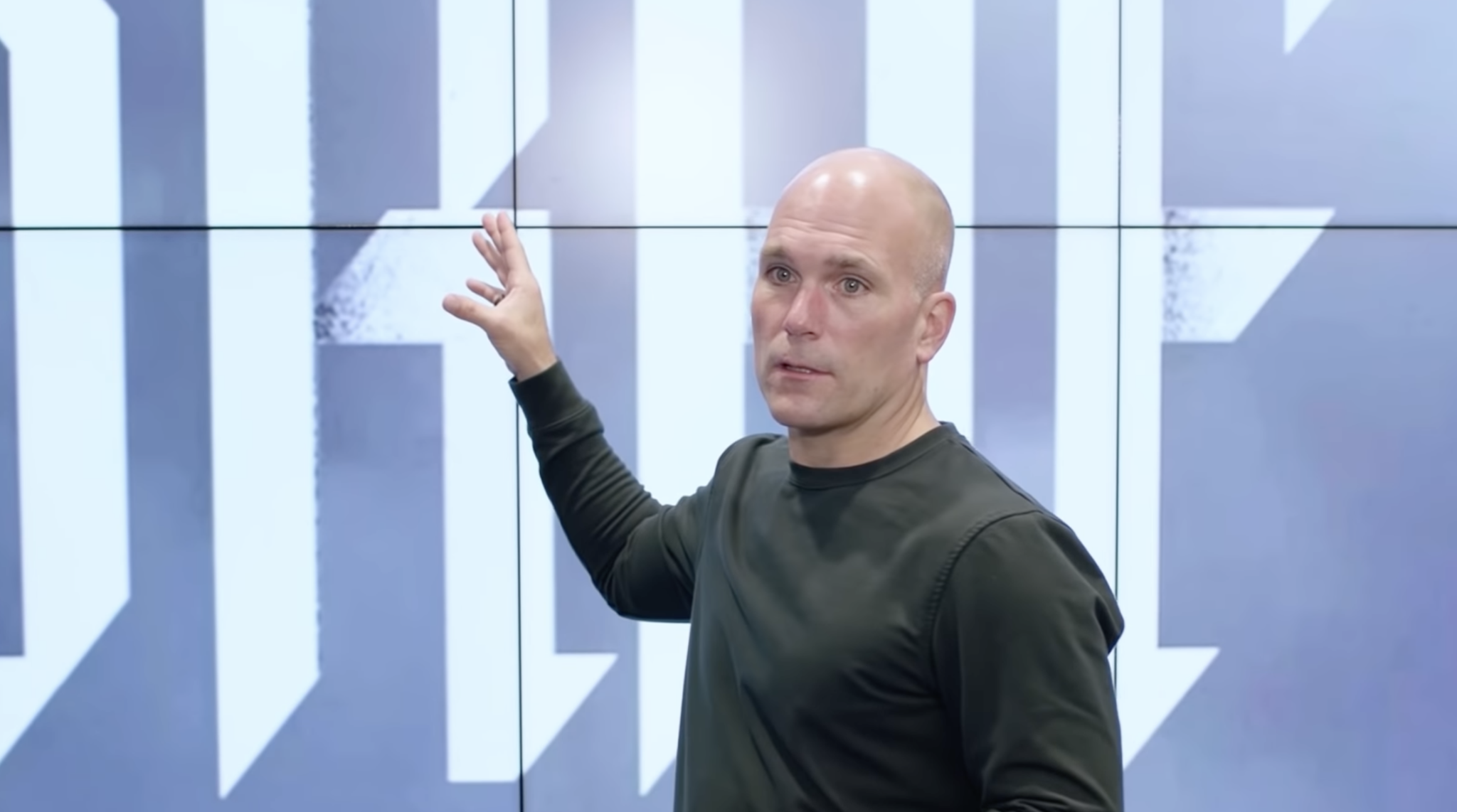Derrick Mason lined up against Ed Reed for three seasons in Tennessee and then practiced with him for six years with the Ravens and said, “He’s truly one of a kind at that position. No one plays that position the way he plays it. In 10 years, I’ve never seen anything like it. He’s like a hawk. He’s got like four or five arms. Nothing gets past him.”
ESPN’s Ron Jaworski, considered a quarterback and offensive expert, said it’s all in the way Reed studies quarterbacks. “Reed’s great ability is reading a quarterback’s eyes, but he does it so well you’d think he was reading his mind,” Jaworski said. “He is instinctive and one of the best ball hawks in NFL history. If you want to throw to the right, you’d better not look there as soon as you get the snap. If you do, you’ll be chasing after Reed as he streaks by you with the ball. Ironically, because of his scary talent to pick off passes, Reed makes every quarterback in this league better. You must have great eye discipline and be mindful of every little nuance in your passing motion, because if you don’t pay attention to those tells, you know Reed will.”
And during a press conference in 2012, when a reporter prefaced a question about Reed for Peyton Manning by calling him ‘one of the best safeties in the game,’ the Broncos’ quarterback jumped in to correct the journalist:
“I thought you said he was one of the best safeties, and I was going to correct you,” Manning said. “He is the best safety in the league and has been really for this past decade. You can kind of go on and on. [He has] unbelievable ball skills, unbelievable range, great hands. You can tell what kind of athlete he is by what he’s done once he’s got the ball in his hands – returning [turnovers] for touchdowns. [He’s a] smart player. The list goes on and on.”
And certainly from every end of the NFL that praise is so unique because of the position Reed plays – free safety. It’s why Reed thought he should be paid more like a cornerback because he produced like one.
“Our position is crucial, because you have to do a lot of communication,” Reed said. “You’ve got to talk to linebackers, you’ve got to talk to corners, sometimes I’m talking to linemen and defensive ends, so it is a lot of communication that we have to do and get done. I’m not going to say it’s [the safety position] not important, because it is important. All positions are important. Is the safety position more important than any other one? No, but there is a lot that we have to get done. I think just from a covering standpoint, and being that the league has gone to a ‘quarterback league,’ so to say. I’m glad to be a part of a defense that went against the best with [Tom] Brady and Peyton [Manning], and a bunch of other guys. You can’t be a stout defense and not have great safeties on your team.”
And it was at his position earlier in his career as a stalker of wide receivers, tight ends, and running backs across the middle of the field that Reed was trained to hit hard and without remorse to separate the ball from the receiver. And the many stingers and neck and lingering shoulder pain concerns that frightened Reed at the end of his career could be linked to the way he played the game when he was a younger man. But he has been very outspoken on issues in regard to protecting players and still not twisting the rules. He has been fined several times for play on the field and for illegal hits.
Leaving your feet? Not using your head? Squaring up your shoulders? Not hitting a defenseless receiver? It’s all very complex, and when it’s happening in a split second it’s even harder to adjudicate than it is to change instincts. If you’ve been playing the game a certain way since you were 8 years old this is a monumental adjustment. But the NFL is moving more toward flag football more than the wrestling-meets-entertainment style death match featured on far too many video games.
The league is toning down what was always known as the “kill hit.” Concussions are real. These are human lives. The physical toll of the NFL is real, and all of the younger players have been exposed to it, observing former NFL players who are aging less than gracefully or in some cases tragically. Reed was a teammate of Jamal Lewis, who was part of a 2011 lawsuit against the league for not exposing concussions as more dangerous and not protecting players. Reed saw his teammate Orlando Brown die at age of 40 from a diabetic coma. Reed knows about Michael McCrary’s sore knees and watched Samari Rolle battle physical health issues at the end of his career. Reed knows what playing in the NFL does to a man’s body.










